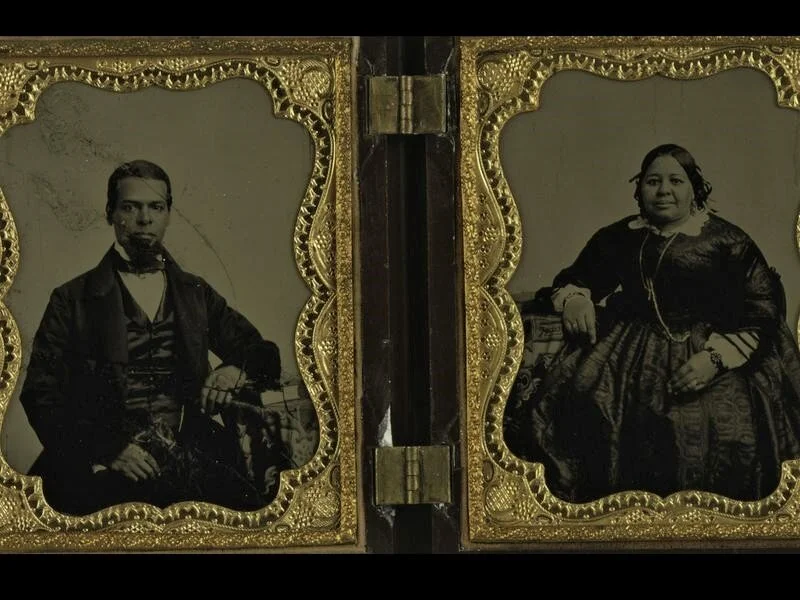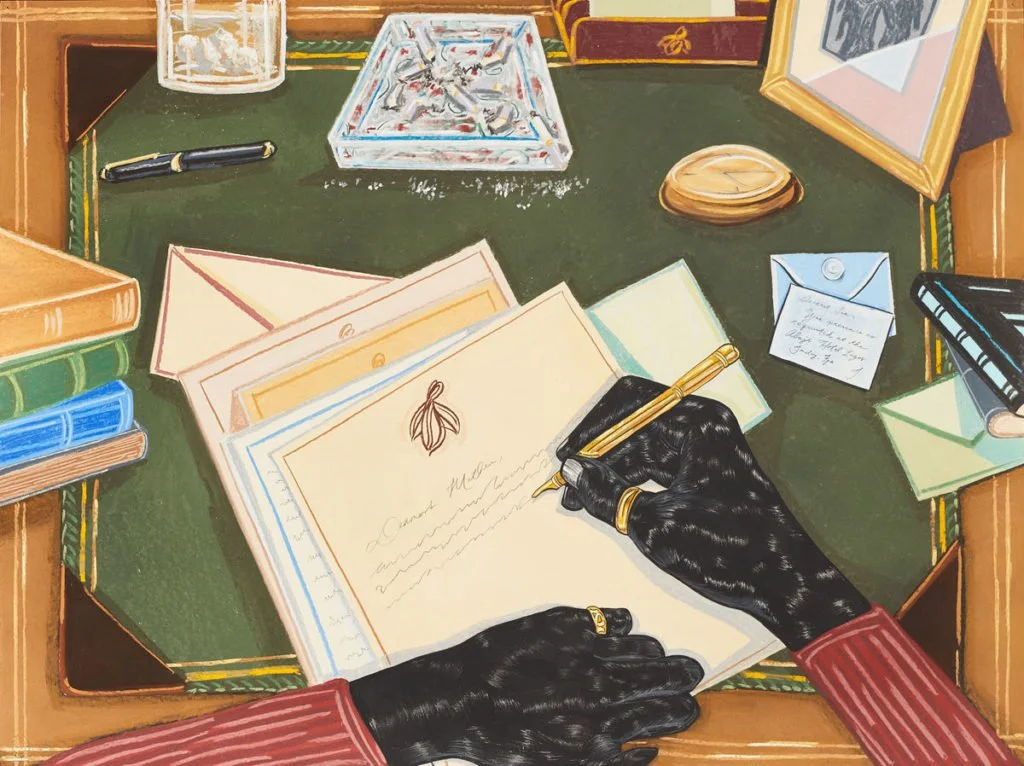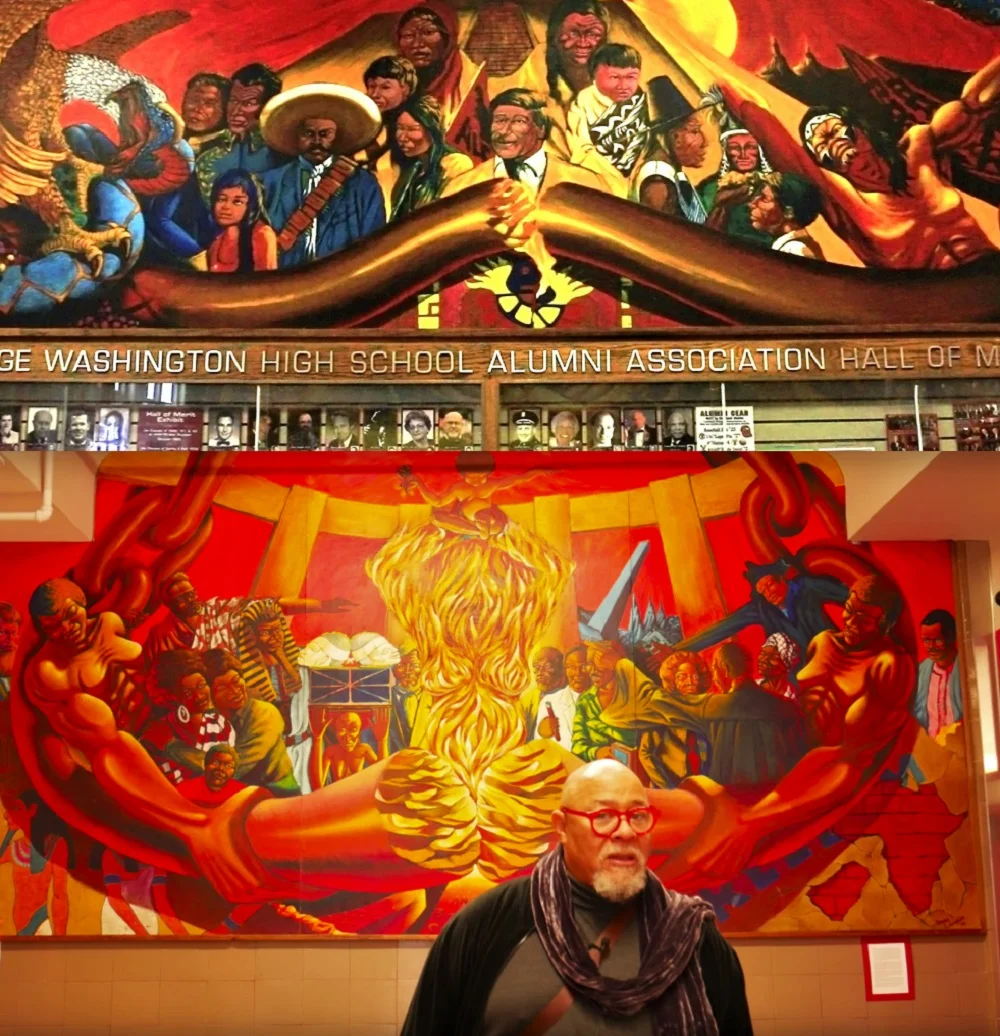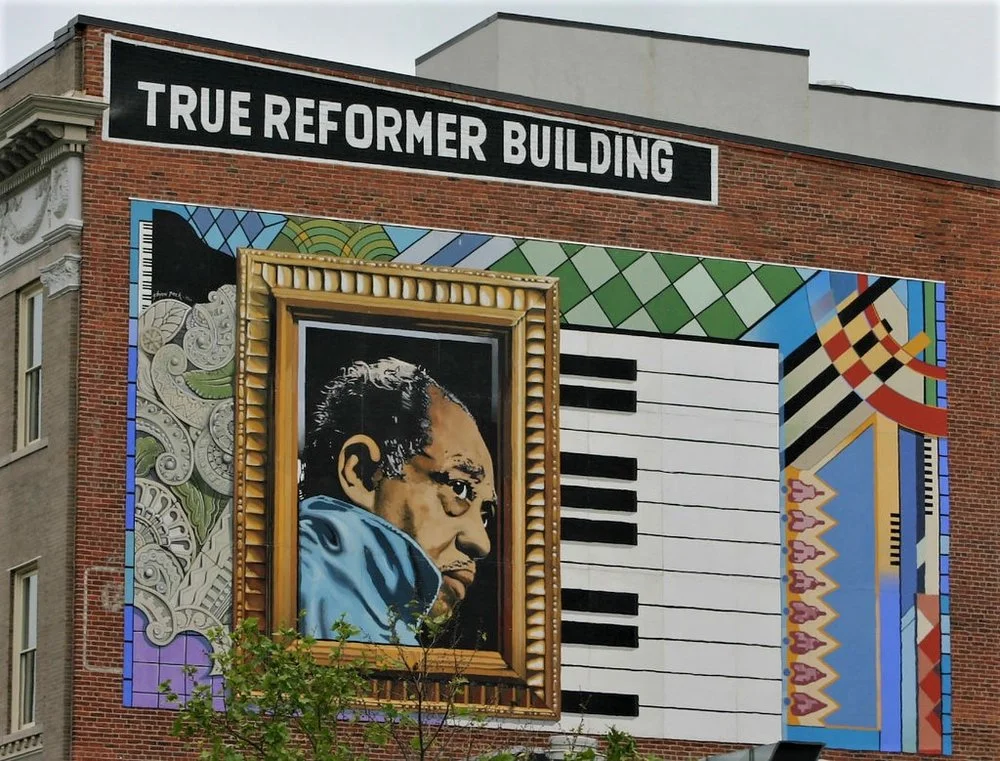Emmett Till Memorial to Be Replaced With Bulletproof Sign Due to Repeated Vandalism
In 2007, a sign was erected along the Tallahatchie River in Mississippi, marking the spot where the body of Emmett Till was pulled from the water in 1955. The murder of Till, a 14-year-old African-American boy who was brutally killed by two white men, became a galvanizing incident of the Civil Rights Movement. But over the years, the memorial commemorating his death has been repeatedly vandalized—first stolen, then shot at, then shot at again, according to Nicole Chavez, Martin Savidge and Devon M. Sayers of CNN. Now, the Emmett Till Memorial Commission is planning to replace the damaged memorial with a bulletproof sign.
This will be the fourth sign that the commission has placed at the site. The first was swiped in 2008, and no arrests were ever made in connection with the incident. The replacement marker was vandalized with bullets, more than 100 rounds over the course of several years. Just 35 days after it was erected in 2018, the third sign was shot at as well.
The third memorial made headlines recently when Jerry Mitchell of the Mississippi Center for Investigative Reporting, in conjunction with ProPublica, revealed that three University of Mississippi students had been suspended from their fraternity house after posing in front of the sign with guns, in a photo that was posted to the private Instagram account of one of the students. The Justice Department is reportedly investigating the incident.
The sign has now been taken down, and a new one is “on its way,” Patrick Weems, executive director of the Emmett Till Memorial Commission, said last week, according to CBS News. Chavez, Savidge and Sayers of CNN report that the replacement memorial will weigh 600 pounds and be made of reinforced steel. It is expected to go up by the Tallahatchie River in October.
“Unlike the first three signs, this sign calls attention to the vandalism itself,” the commission noted. “We believe it is important to keep a sign at this historic site, but we don’t want to hide the legacy of racism by constantly replacing broken signs. The commission hopes this sign will endure, and that it will continue to spark conversations about Till, history, and racial justice.”


























